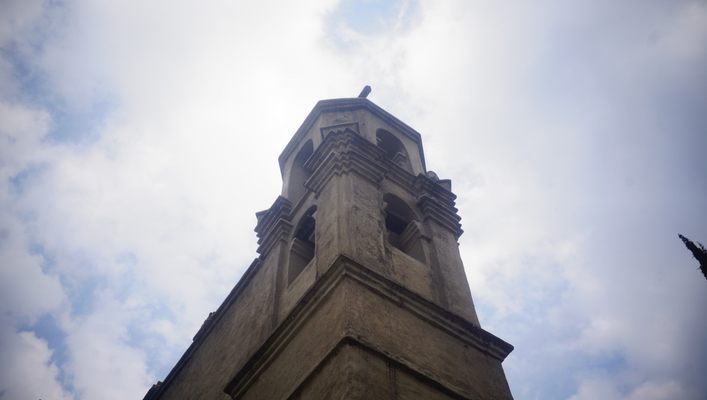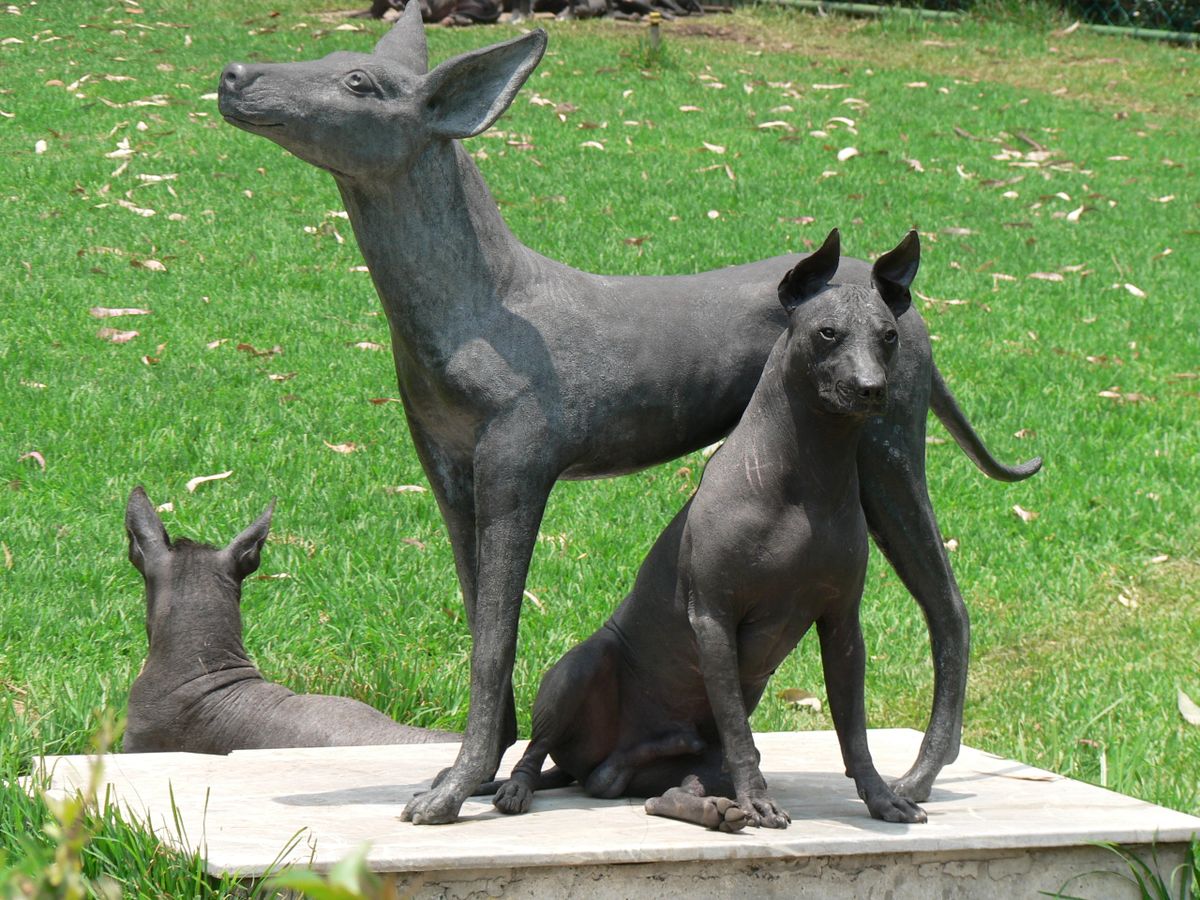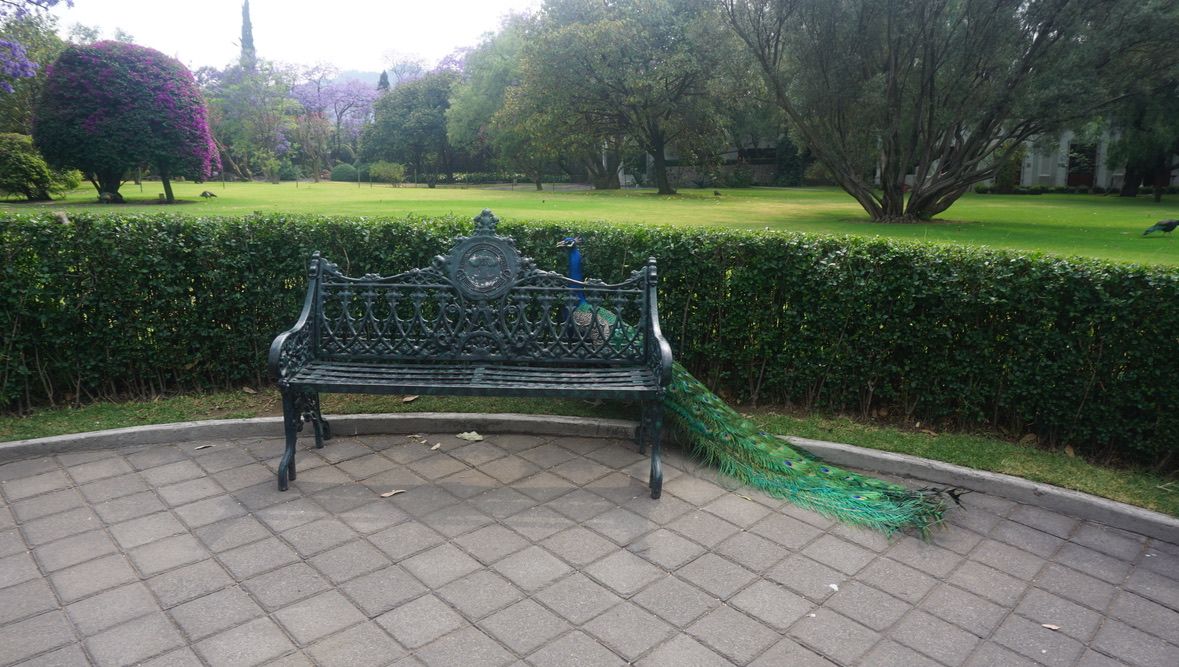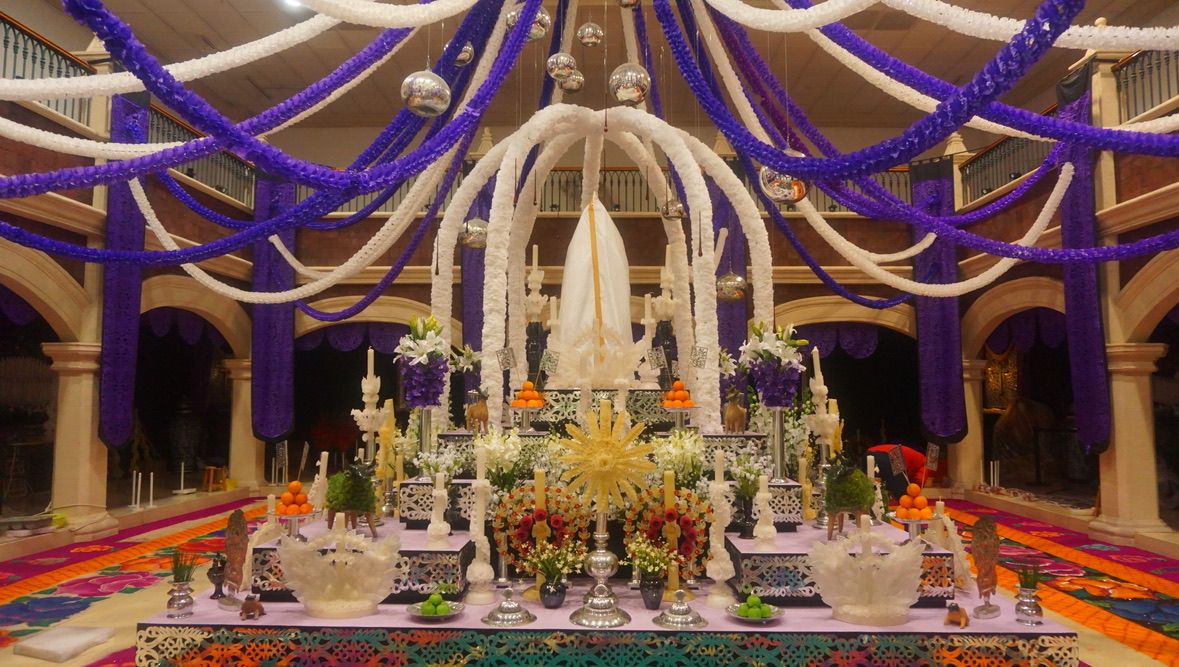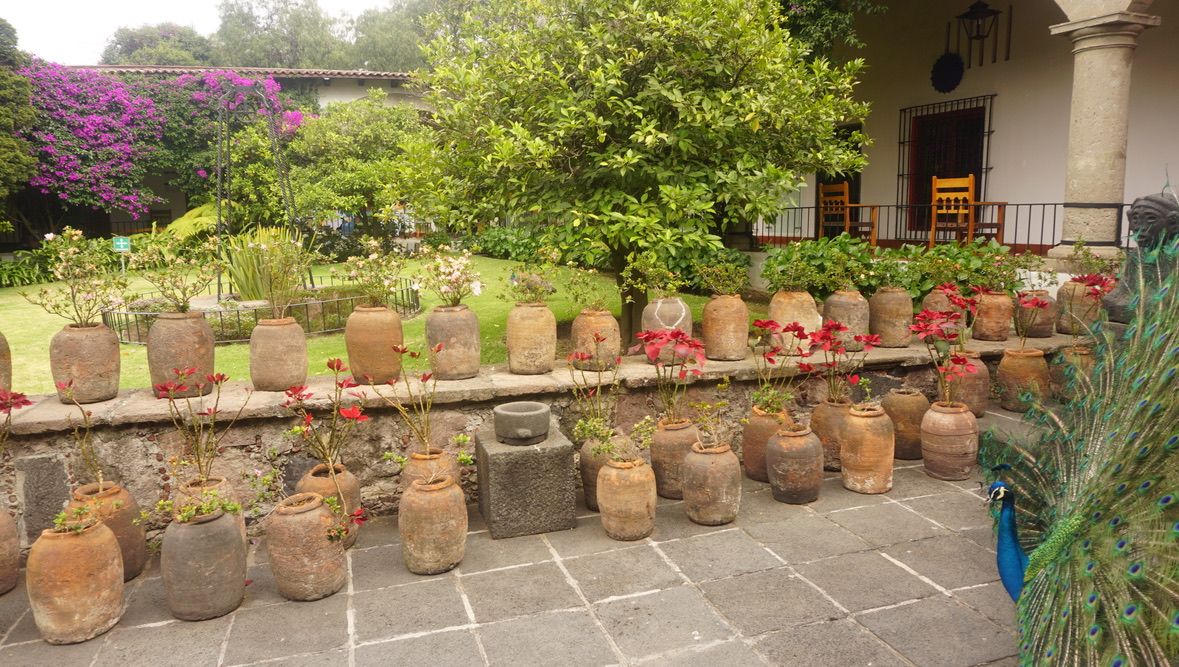About
The Xoloitzcuintli (Mexican Hairless Dog) is a curious, ancient breed of dog. Head to Mexico City’s Dolores Olmedo Museum, and you’ll have a chance to see these beautiful, bald creatures up close.
Skeletal remains of "Xolos" have been discovered in archeological excavations and dated well over 3,500 years old. Perhaps strangest of all is the breed's bizarre baldness, which is the result of a gene mutation that emerged thousands of years ago and became a dominant trait. Not that this bothers the Xolo though, as being hairless is an advantage in Mexico’s often sweltering temperatures.
The long association between this peculiar pooch and human beings meant that many different cultural beliefs and uses were attached to the Xoloitzcuintli. Indigenous peoples across many regions of Mexico kept this dog as both a cherished pet, for hunting, and even as a living hot water bottle to relieve various aches and pains. However, in times of both famine and feast, the Xolo was also eaten by nobles, as its meat was regarded as a delicacy.
It was the Aztecs who lifted the significance of this dog to new and lofty heights. They believed Xolotl, the underworld god of lightning, created the dog using a piece of a bone from which mankind was also made. As such, these dogs were deeply associated with Xolotl and were believed to serve as loyal guides through the perilous journey that the soul of the deceased made through the underworld of Mictlān. During burials, the Aztecs would place ceramic sculptures of the Xolo within the grave so that these might guide in the afterlife.
Unlike the Aztecs and their gods and in spite of near extinction, the Xolo survived the Spanish conquest of Mexico and in the 19th and 20th centuries became something of a fashion accessory. The famed painters Frida Kahlo and Diego Rivera owned many over the years, and some of Frida's paintings feature the dog placed prominently in the foreground.
The founder of the Dolores Olmedo Museum, Dolores Olmedo, was also particularly fond of this enigmatic breed and kept Xolos as pets throughout her life. Olmedo was also interested in the cultural beliefs that surrounded these dogs and collected Prehispanic artifacts featuring the Xolo. Through her curation, she was able to assemble an enormous collection of ancient sculptures of the breed that can be seen in the museum’s Prehispanic art collection.
After Olmedo’s death in 2002, the museum decided to honor her connection to the breed and permanently continue the tradition of keeping the Xolo. Ever since, a pack of six dogs has been kept in the grounds within a spacious and elegant enclosure with its own monument. The museum's distinctive logo also sports a skeletal Xoloitzcuintli.
Today, one of the highlights of a visit to the museum is to meet some of these charming chaperones of the underworld.
Related Tags
Know Before You Go
The Xolo enclosure is found near the entrance to the museum. The pack is walked around the grounds several times a day, allowing for a closer view of these haunting hounds.
NEW - Yucatan: Astronomy, Pyramids & Mayan Legends
Mayan legends, ancient craters, lost cities, and stunning constellations.
Book NowCommunity Contributors
Added By
Published
October 24, 2018





















